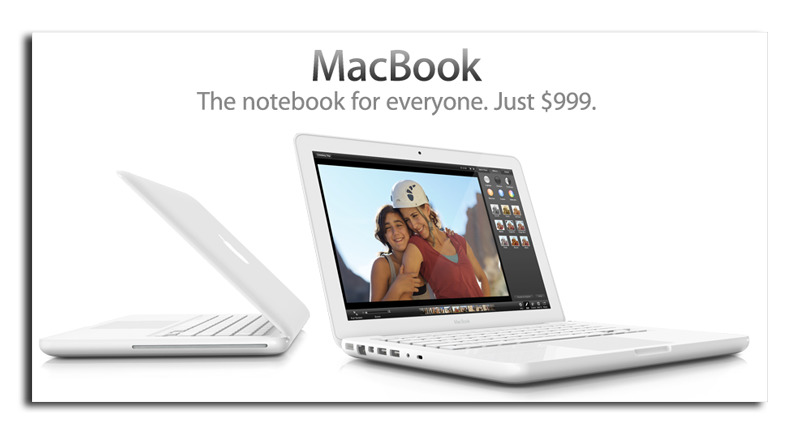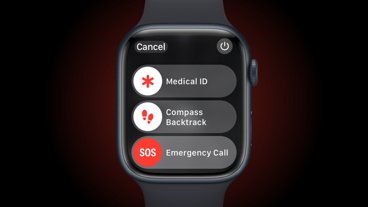Apple on Monday added a handful of MacBook models to a running list of "obsolete" and "vintage" hardware, including 2010's 13-inch MacBook, the last of the company's laptops to feature a polycarbonate outer shell.
Introduced in 2006 as an entry-level iBook replacement, the 13-inch MacBook was also the last of Apple's laptop offerings to make the shift from Power PC to Intel. Later revisions, like a redesign in 2009, benefitted from a modern unibody construction wrapped in a layer of Apple's then-vogue white or black polycarbonate material.
Apple pulled the 13-inch polycarbonate model from store shelves in 2011 as consumer tastes trended toward aluminum designs like the MacBook Pro and, later, MacBook Air. The laptop remained available to educational institutions until 2012.
According to an Apple support document covering legacy product support, the 2010 13-inch MacBook is now among those devices considered "vintage" in the U.S. and Turkey, and "obsolete" in the rest of the world. Devices that fall into the "vintage" category are excluded from ongoing support except in regions where strict repair laws preclude such prohibitions.
The change in support was spotted by MacRumors earlier today.
Other models declared obsolete on Monday include:
- MacBook (13-inch, Mid 2010)
- MacBook Pro (13-inch, Mid 2009)
- MacBook Pro (15-inch, 2.53GHz, Mid 2009)
- MacBook Pro (15-inch, Mid 2009)
Apple routinely obsoletes legacy devices as new hardware versions — or new products — take their place. In November, for example, the company announced a few 2009 and 2011 model year Macs, including 2011's 15- and 17-inch MacBook Pro variants, would no longer be supported due to their "vintage" status.
 Mikey Campbell
Mikey Campbell








 Amber Neely
Amber Neely
 Malcolm Owen
Malcolm Owen


 Christine McKee
Christine McKee


 William Gallagher
William Gallagher


-m.jpg)






11 Comments
Damn. I actually have one of these. I guess Sierra is the end of the line for me.
I have 2 of these white macbooks still in use, one for my wife to read her emails and do basic web surfing, one to publish iOS apps to itunes connect. I really have loved these machines as the RAM and disks could be upgraded. The only downside is that on both machines the rubber bottom has come loose the due to heath dissipation
I have now added my G4 white MacBook to my historical display in my office along with a beige G3 Power Mac and SE30 (all working fine I should add) . Sadly my Mac II FX and Mac Plus (1984 model) bit the dust as I only keep working models. Oddly, I've never felt the desire to keep any post intel Macs, I've sold them as I upgraded. I did have a few cheese graters for a while but they were just too darned heavy to love.